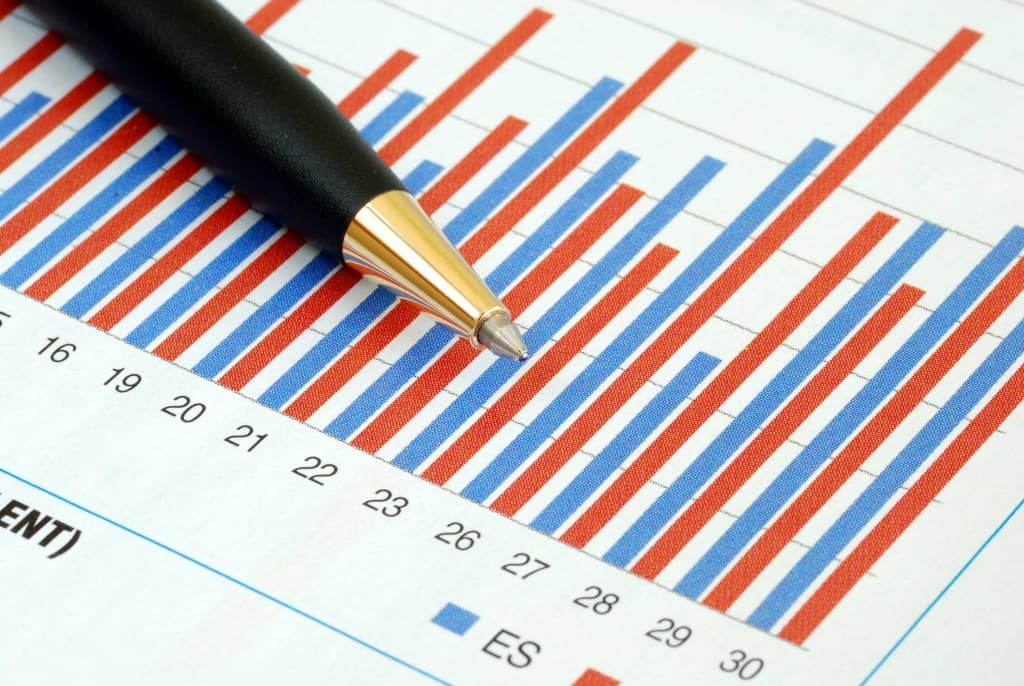Content
Comparing our multiple to our previous multiples will only provide us with a pattern. If the trend continues, it can be a worrying situation for finance managers because as debt proportions rise, further debt borrowing becomes more difficult. So if adequate profitability does not follow the increase and efficient asset utilization, the business will face financial distress. On the face of it, Samsung may appear less risky than Apple because of its lower multiplier. However, Apple’s higher multiplier could be interpreted differently. With interest rates at record lows since the 2008 financial crisis, Apple has taken the opportunity to access cheap funding on several occasions over the last few years.

ABC Company only uses 20% debt to finance the assets [(1,000,000 – 800,000) / 1,000,000 x 100). The company’s asset https://www.bookstime.com/ financing structure is conservative, and therefore, creditors would be willing to advance debt to ABC Company.
How Investors Interpret The Equity Multiplier
For example, Bank A has an ROE of 8% for the year, while Bank B has an ROE of 12% for the same period. We can see that Bank B is generating more profit for each invested dollar from shareholders’ equity. All else being equal, a business with a higher return on equity is more likely to be one that can better generate income with new investment dollars. ROE is shown as a percentage representing the total return on a company’s equity capital. When publicly traded companies want to raise cash, they may issue shares of stock.
We can also use the debt ratio and equity multiplier to calculate a company’s debt amount. Companies fund their investments with debt and equity, which serve as the basis for both formulas. Total Capital is equal to the amount of total debt and total equity. When a company’s equity multiplier is low, it shows that a company a generally financed by stockholders, so debt financing is low and the investment is fairly conservative.
Equity multiplier is the ratio of total assets of a company to its shareholders equity. A high equity multiplier means that the company’s capital structure is more leveraged i.e. it has more debt. Shareholders’ equity is equal to total assets minus total liabilities. Shareholders’ equity is a product of accounting that represents the assets created by the retained earnings of the business and the paid-in capital of the owners.
Is A High Equity Multiplier Good Or Bad?
It can justify borrowing because its revenues grew by an average of just over 11% a year between 2018 and 2021, much higher than the interest rate charged by lenders. A high equity multiplier is generally seen as being riskier because it means the company has more debt.

If the rise is not accompanied by sufficient profitability and efficient use of assets, it can lead the company towards financial distress. If a company’s ROE changes, the DuPont analysis can also show how much of this is due to the company’s use of financial leverage.
It Provides A Useful Metric Of Overall Financial Health For Investors Or Creditors
Get stock recommendations, portfolio guidance, and more from The Motley Fool’s premium services. However, if you aren’t careful about the type of business you’re annualizing, this can lead to grossly inaccurate results. Retail stores, for example, make roughly 20% of their sales between November 1 and December 31.
- There is a clear relationship between ROE and the equity multiplier in the formula above.
- While the challenges of finding an appropriate investment may seem overwhelming, the hard work can result in great rewards.
- The profit of a company is called « net income, » which is the revenue remaining after all expenses have been deducted.
- Once you have determined the equity multiplier ratio, you can employ it in your investment analysis.
- Equity Multiplier Formula is a division of Total Assets and Total shareholder’s Net Equity of a company.
- The equity multiplier formula is calculated by dividing total assets by total stockholder’s equity.
The advantages of an equity multiplier are that it offers a glimpse of a company’s capital structure, which can help investors make investment decisions. It can also be used to compare a company against its competition or against itself. As far as I know, there has always been research and investigations into potential investment. With time though, companies started realizing that they could make deals with the banks for fake in-thorough investigations that would hide the company’s poor financial leverage. Fify July 31, 2011 @turquoise– I think so, the equity multiplier, financial leverage and the DuPont model would belong to that category.
Accounting Topics
Usually, you would prefer a lower multiplier ratio than a higher one. The reason is the fact that it is more favorable, being less dependent on debt financing and no high debt servicing costs. So, you’d be happier with a lower one, as a higher one is risky and has disadvantages. Since the definition of debt here includes all liabilities including payables. So, in the scenario of negative working capital, there are assets that are financed by capital having no cost.
- Keeping with the example set forth above, equity multipliers can be useful tools in analyzing risk.
- A low equity multiplier indicates a company is using more equity and less debt to finance the purchase of assets.
- Other leverage ratio equations include the debt-to-equity ratio, which assesses financial leverage by taking a company’s total liability and dividing it by the shareholders’ equity.
- Only Equity multiplier ratio cannot be used for analysis of the company, as some industries are capital-centric and need more capital than other industries.
- Both the components can be found in the balance sheet of the company.
- Ramp analyses every transaction and identifies hundreds of actionable ways your company can cut expenses and alerts your team via email, SMS, or Slack.
Companies that rely too heavily on debt financing will have high debt service costs and will have to raise more cash flows in order to pay for their operations and obligations. The Equity Multiplier is a key financial metric that measures a company’s level of debt financing. In other words, it is the ratio of ‘Total Assets’ to ‘Shareholder’s Equity. If the equity multiplier is 5, it means that the investment in total assets is 5 times the investment by equity shareholders. In contrast, it means that in total asset financing, 1 part is equity and 4 parts are debt. The equity multiplier is a financial leverage ratio that determines the percentage of a company’s assets that is financed by stockholder’s equity rather than by debt. When a company’s equity multiplier increases, it means a bigger portion of its total assets is sourced from debt.
How To Calculate Equity Multiplier
The company may also be unable to obtain further financing to expand its market reach. A leverage ratio indicates the level of debt incurred by a business entity against several other accounts in its balance sheet, income statement, or cash flow statement. Verizon’s higher equity multiplier indicates that the business relies more heavily on financing from debt and other interest-bearing liabilities. The company’s telecommunications business model is similar to utility companies, which have stable, predictable cash flows and typically carry high debt levels. The company’s total assets were $291.7 billion for the fiscal year 2019, with $62.8 billion of shareholder equity. The equity multiplier was 4.64 ($291.7 billion / $62.8 billion), based on these values. Consider Apple’s balance sheet at the end of the fiscal year 2019.
The bigger their debt, the more they pay in debt servicing costs. This means they need to step up their cash flows to maintain optimal operations. Equity Multiplier is nothing but a company’s financial leverage. Calculation of Equity Multiplier is simple and straightforward which helps to know the amount of assets of a firm is financed by the shareholders’ net equity. Suppose Equity Multiplier ratio is 2 that means investment in total assets is 2 times by total equity of shareholders. The formula for equity multiplier is total assets divided by stockholder’s equity.
Issues With The Equity Multiplier Metric
In the formula above, there is a direct relationship between ROE and the Equity Multiplier. Any increase in the value of the equity multiplier results in an increase in ROE. A high equity multiplier shows that the company incurs a higher level of debt in its capital structure and has a lower overall cost of capital.
Minority Business Development Agency
Additionally, a low equity multiplier is not always a positive indicator for a company. In some cases, it could mean the company is unable to find lenders willing to loan it money.
Formula And Calculation Of The Equity Multiplier
MBDA anticipates that up to $300,000 will be available in FY 2022 to support continuation funding for this project. The funding amounts referenced in this NOFO are subject to the availability of appropriated funds. Department of Commerce or MBDA to award any specific cooperative agreement or to obligate all or any part of available funds.
Either way, both values can be taken straight out of the balance sheet. The values for the total assets and the shareholder’s equity are available on the balance sheet and can be calculated by anyone with access to the company’s annual financial reports.
No Comments